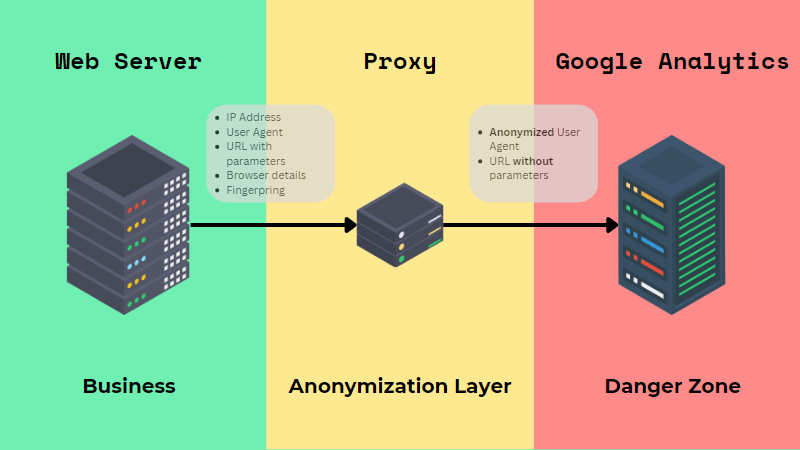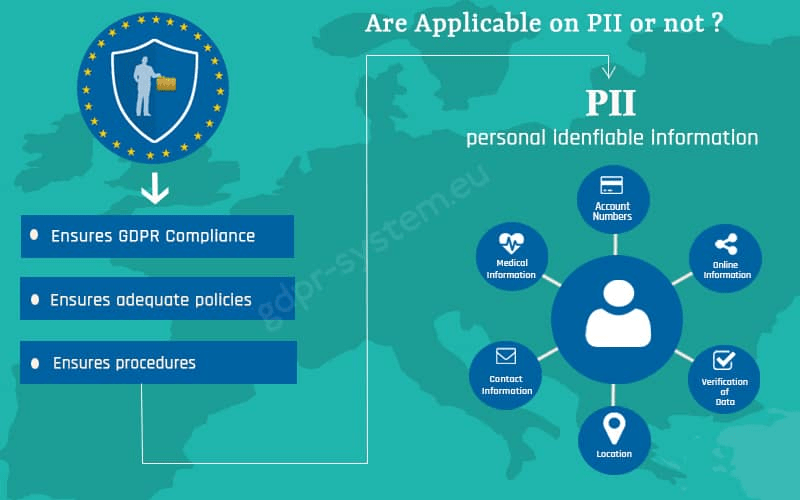Opening Insights: Comprehending What Data Does Google Analytics Prohibit Collecting
Opening Insights: Comprehending What Data Does Google Analytics Prohibit Collecting
Blog Article
Grasping the Art of Overcoming Data Collection Limitations in Google Analytics for Better Decision-Making
In the realm of digital analytics, the capability to extract purposeful insights from data is critical for notified decision-making. By utilizing strategic techniques and innovative methods, companies can elevate their information top quality, unlock concealed understandings, and pave the way for more enlightened and efficient decisions.
Information Top Quality Analysis
Analyzing the top quality of information within Google Analytics is an essential action in ensuring the reliability and precision of understandings stemmed from the gathered information. Data top quality evaluation involves examining different elements such as accuracy, completeness, consistency, and timeliness of the data. One vital element to consider is data accuracy, which refers to exactly how well the information shows the true values of the metrics being measured. Unreliable data can bring about malfunctioning conclusions and misguided company decisions.
Efficiency of information is another crucial element in examining data high quality. Consistency checks are also essential in information top quality evaluation to determine any type of discrepancies or anomalies within the information collection. By focusing on data top quality analysis in Google Analytics, companies can improve the integrity of their analytics reports and make even more informed decisions based on exact understandings.
Advanced Monitoring Techniques
Making use of sophisticated monitoring methods in Google Analytics can dramatically improve the depth and granularity of information accumulated for even more extensive evaluation and understandings. One such strategy is event tracking, which enables for the monitoring of particular interactions on a website, like click switches, downloads of data, or video clip sights. By applying event monitoring, services can get a deeper understanding of customer behavior and engagement with their on the internet material.
In addition, customized measurements and metrics offer a way to tailor Google Analytics to certain company demands. Personalized dimensions permit the production of new data factors, such as customer functions or client segments, while personalized metrics make it possible for the tracking of unique efficiency indications, like earnings per user or average order worth.
Moreover, the usage of Google Tag Supervisor can streamline the application of tracking codes and tags across an internet site, making it simpler to take care of and release advanced monitoring arrangements. By utilizing these innovative tracking methods, services can open valuable insights and enhance their on-line methods for much better decision-making.
Custom-made Dimension Implementation
To boost the depth of information collected in Google Analytics past sophisticated tracking strategies like event tracking, organizations can implement custom dimensions for even more customized insights. Custom measurements permit services to define and gather details information points that relate to their distinct goals and goals (What Data Does Google Analytics Prohibit Collecting?). By designating custom-made measurements to different elements on a website, such as user interactions, demographics, or session information, companies can obtain a much more granular understanding of just how customers engage with their online residential or commercial properties

Acknowledgment Modeling Strategies
By employing the right attribution version, businesses can accurately associate conversions to the proper touchpoints along the client journey. One typical attribution model is the Last Communication design, which provides credit report for a conversion to the last touchpoint a customer connected with before converting.

Data Testing Avoidance
When dealing with big volumes of data in Google Analytics, conquering information sampling is essential to ensure precise understandings are acquired for notified decision-making. Data tasting occurs when Google Analytics estimates patterns in information as opposed to analyzing the complete dataset, possibly causing skewed results. To avoid information tasting, one reliable strategy is to lower the day variety being analyzed. By concentrating on shorter time frames, the probability of coming across experienced information decreases, providing an extra accurate representation of user behavior. Additionally, making use of Google Analytics 360, the why not check here premium variation of the platform, can aid reduce sampling as it permits greater information thresholds prior to sampling kicks in. Applying filters to narrow down the information being examined can also aid in staying clear of tasting problems. By taking these proactive steps to reduce data tasting, companies can extract more precise understandings from Google Analytics, resulting in far better decision-making and improved total efficiency.
Final Thought
Finally, grasping the art of getting over information collection constraints in Google Analytics is essential for making informed decisions. By performing a complete data high quality assessment, implementing sophisticated tracking methods, utilizing custom-made measurements, employing acknowledgment modeling strategies, and preventing information sampling, businesses can guarantee that they have dependable and accurate data to base their decisions on. This will ultimately result in much more efficient methods and far better end results for the company.

Report this page